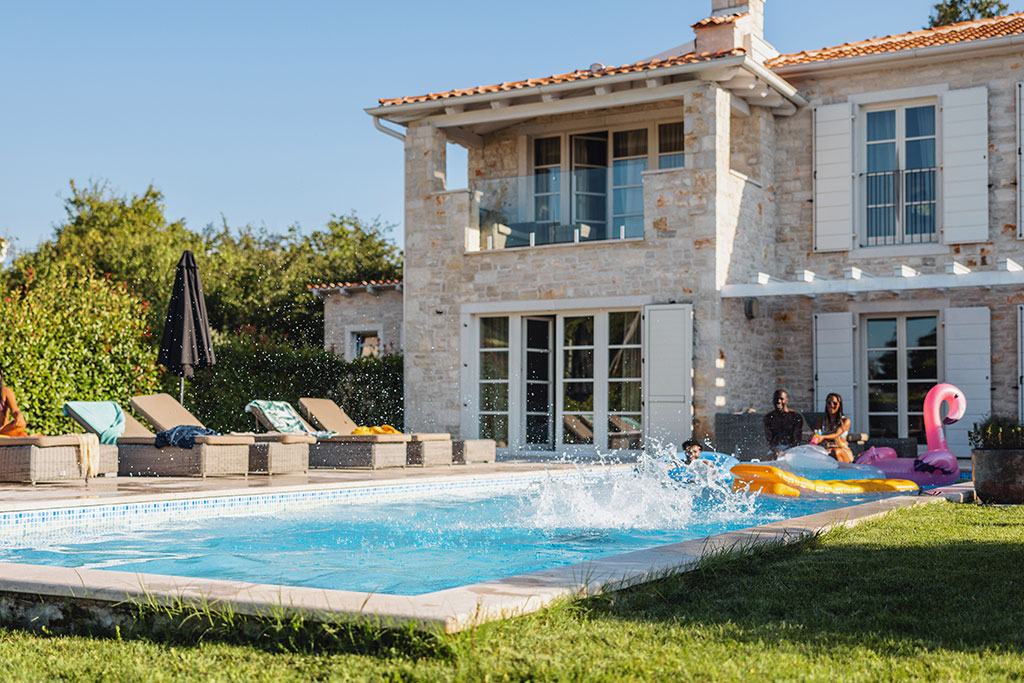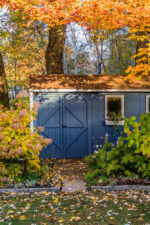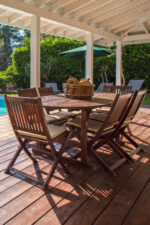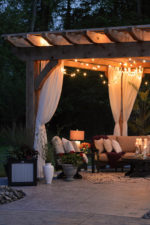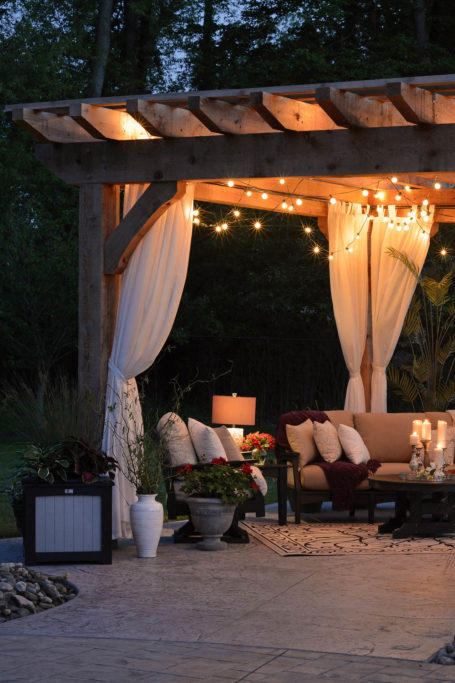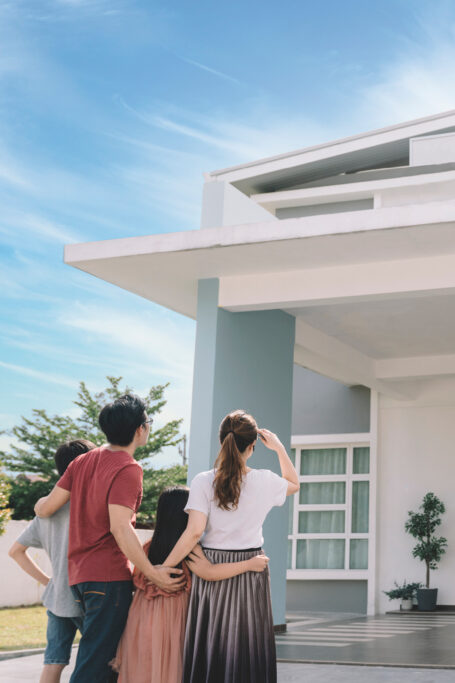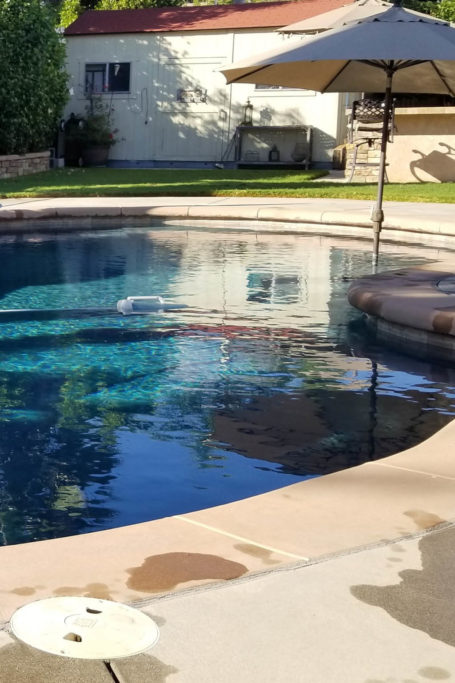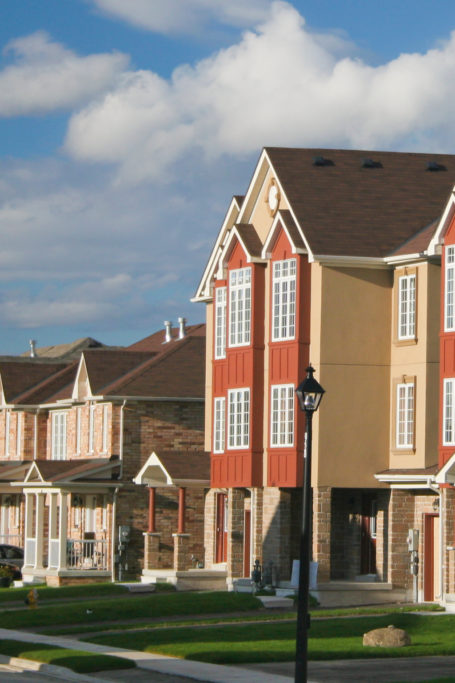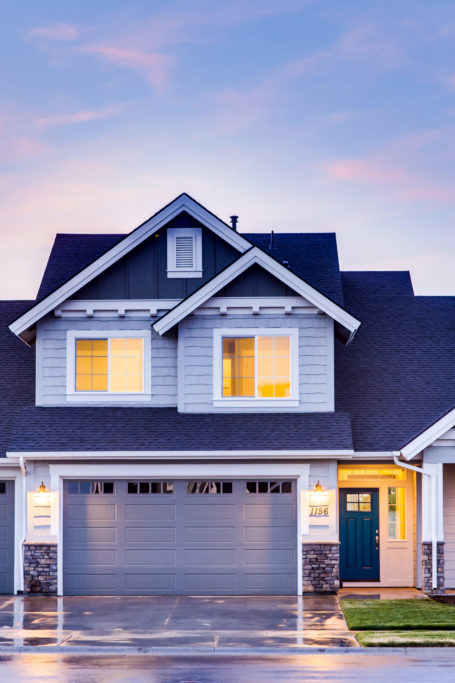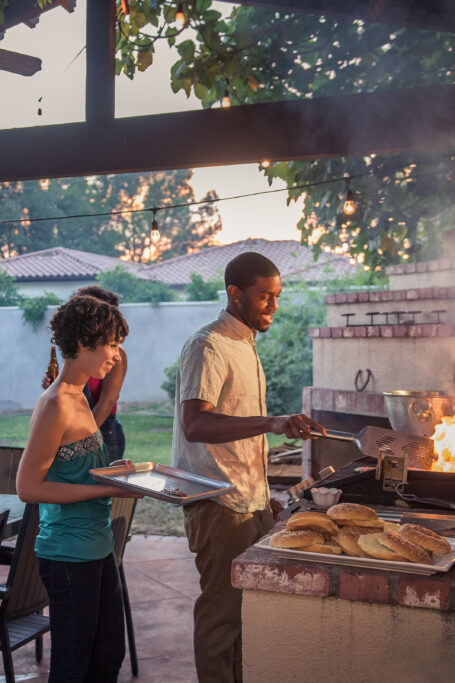Smart Strategies for Beating Backyard Heat
Summer is welcomed for its long, sunny days and endless opportunities for delightful outdoor fun, but by July, you may already be resenting the unrelenting heat.
Such high temperatures can be a drain not only on your energy and health but also on your wallet—your energy bills may spike quickly thanks to the constant churning of the AC.
To help tackle summertime discomfort and excessive cooling fees, invest in a little prevention in your backyard. The following home-improvement tasks can apply a layer of sunscreen over your property, creating a heat-resistant, ultraefficient outdoor refuge while also shielding your home from the sun’s sweltering rays.
Install a pergola
Though pergolas have open slats at the top, these structures are still effective at interrupting sunlight, acting as sufficient barriers without obscuring your views. Their open ceilings also allow heat to rise up and out naturally, which makes them excellent spaces for entertaining and relaxing. Even better, a pergola directly next to your home’s exterior walls can help shade nearby windows to mitigate indoor heat. This can offer some welcome relief to your AC system during high-temperature hours and potentially reduce your cooling costs.
To ramp up the sun protection and craft a truly impressive backyard centerpiece, ornament your pergola with creeping plants or vines, which will form a gorgeous, heat-filtering roof as they flourish. However, these can take several years to mature, so for an instant solution, consider installing a pergola with an adjustable louvered roof that you can alter based on the sun’s position for all-day shade.
Custom, professionally installed pergolas can cost $5,000 on average, but if you opt for a DIY kit from your local home-improvement store, you can cast some serious shade for as little as $800. Or for a similar light-filtering effect, place tall lattices around entertaining zones. These inexpensive pieces are suitable for small areas, such as a cozy patio or the passage between your front and back yards, and they’re simple to install without a contractor. Shading plants such as vines are quite fond of them too.
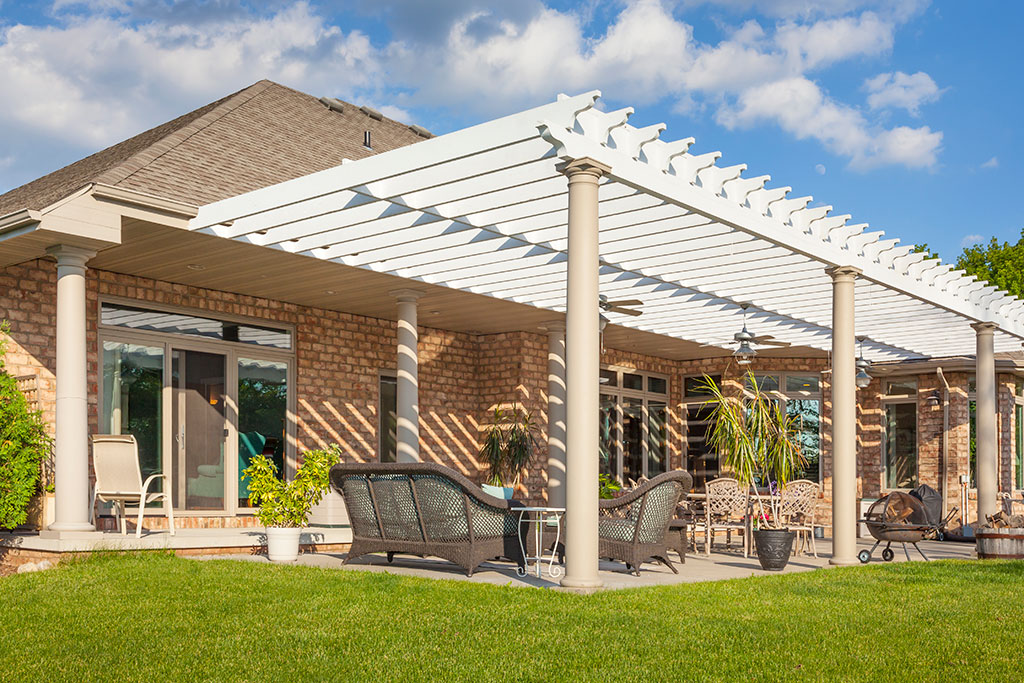
Hang coverings
If you’re looking for something less obtrusive than a pergola, invest in a shade device like an awning. Installing retractable awnings is far more affordable than building a covered patio—plus, their adjustable settings make them extremely versatile and convenient. You can affix these coverings onto virtually any tall, sturdy surface, including exterior walls and soffits, to block sunlight for both the entertaining areas below and the closest interior rooms, helping to keep both cool. And if you select a simple, stylish fabric that matches your home’s exterior, a backyard awning can look just as elegant as a pergola.
A cheaper and more DIY-friendly alternative includes hanging outdoor curtains or roll-up shades from a high surface. Because they block low light rather than overhead light, these options are particularly effective at shading morning or evening sunshine. For even more affordable solutions, plant umbrellas, a canopy, or a beach tent directly over relaxation spaces like poolside chairs or a backyard dining table. While these easily moveable options may be less sturdy and long-lasting than the preceding ones, they’re inexpensive enough to replace when needed without breaking the bank.

Shade with plants
Beyond appearing lush and vibrant, large plants can serve as immensely effective cooling agents for your home and backyard. According to the EPA, “Trees and vegetation (e.g. bushes, shrubs, and tall grasses) lower surface and air temperatures by providing shade and cooling through evaporation and . . . releasing water vapor into the air through their leaves.” Plant fast-growing vegetation around your outdoor living spaces for superior comfort and beauty, positioning them to help obscure your roof and windows from the sun. To maximize their benefits, plant them on the west side of your house and select ultrashady deciduous species such as palo verde and tulip trees, which both feature dense canopies.
As these plants mature, following proper maintenance tenets is key. For example, you’ll want to water and fertilize them according to their species-specific recommendations to encourage ideal growth. And while it’s wise to prune branches that are in danger of extending over your roof and other structures, you should avoid unnecessary clipping—the broader and fuller your trees and shrubs are, the more effective they will be at reducing heat.
If you’d prefer to gain immediate benefits, opt for mature greenery from a tree installation service instead. While this may be a hefty investment (costing up to $1,300 per tree), just a few will be broad enough to shade your entire yard and garden.
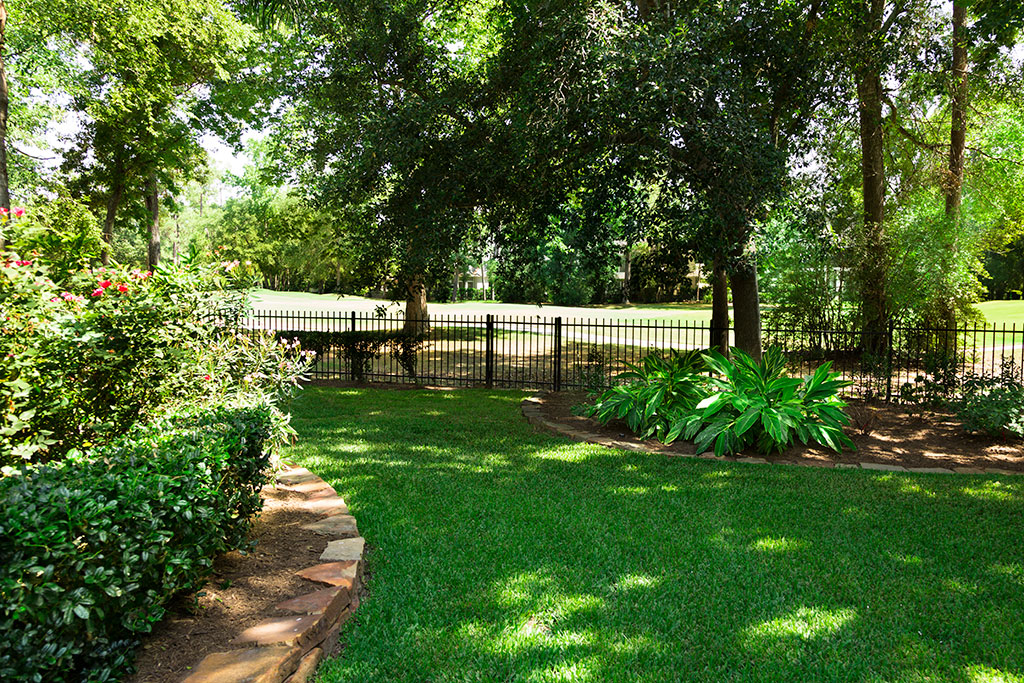
Keep your body cool
Finally, always prioritize keeping your body safe from summer heat. If you choose to enjoy your backyard on a hot, sunny day, stay hydrated and remain in the shade whenever possible. Consider installing heat-fighting features such as a swimming pool or ornamental pond, which provide ambient cool air. You could also add an outdoor ceiling fan to your patio or pergola to generate a comfortable breeze. These measures won’t necessarily cool your home or reduce your energy costs, but they can help you stay comfortable as you make the most of summer fun.
